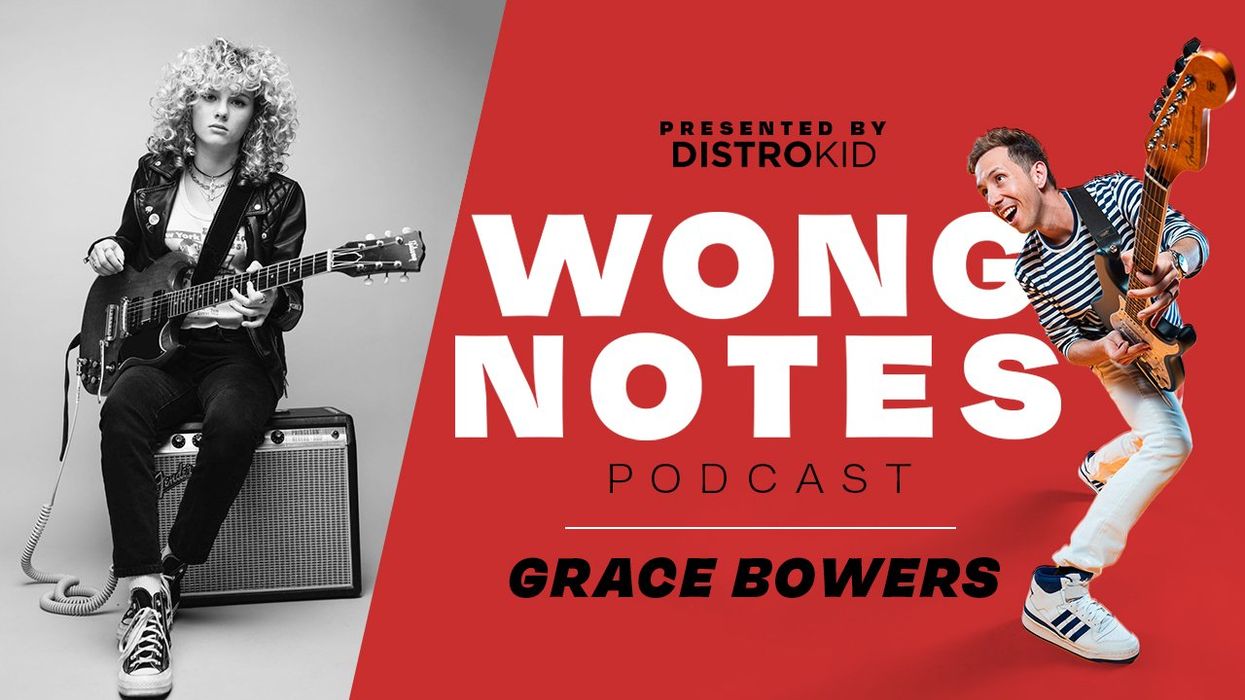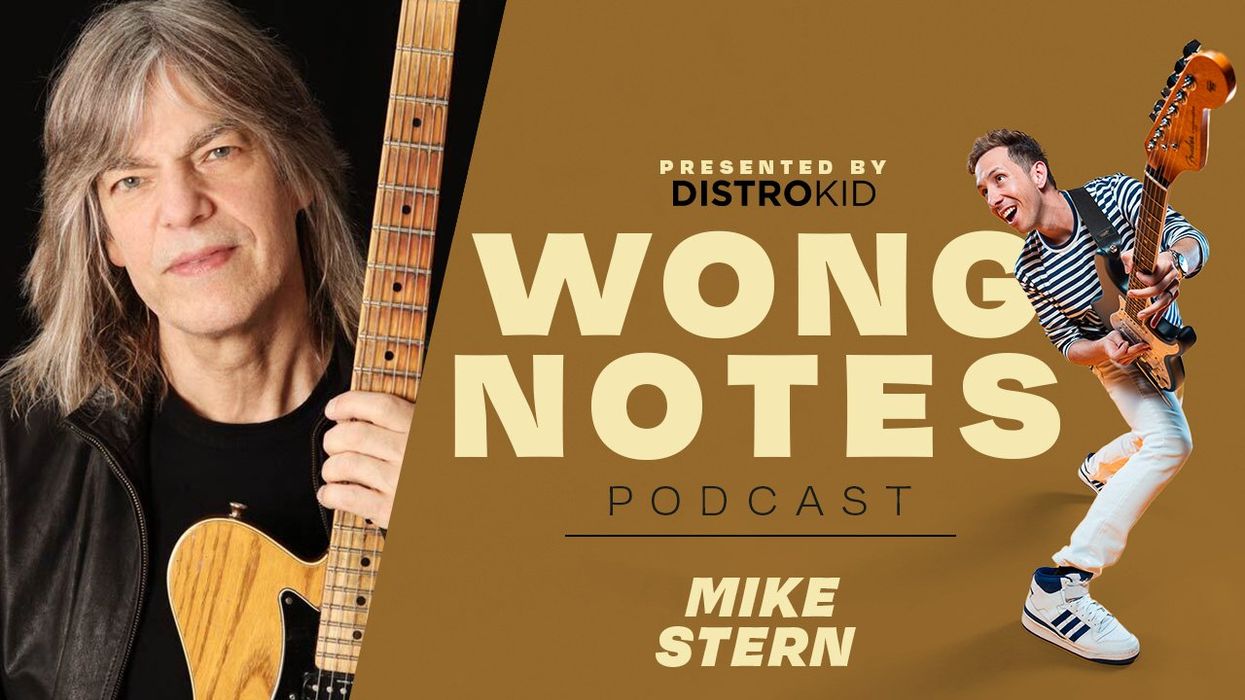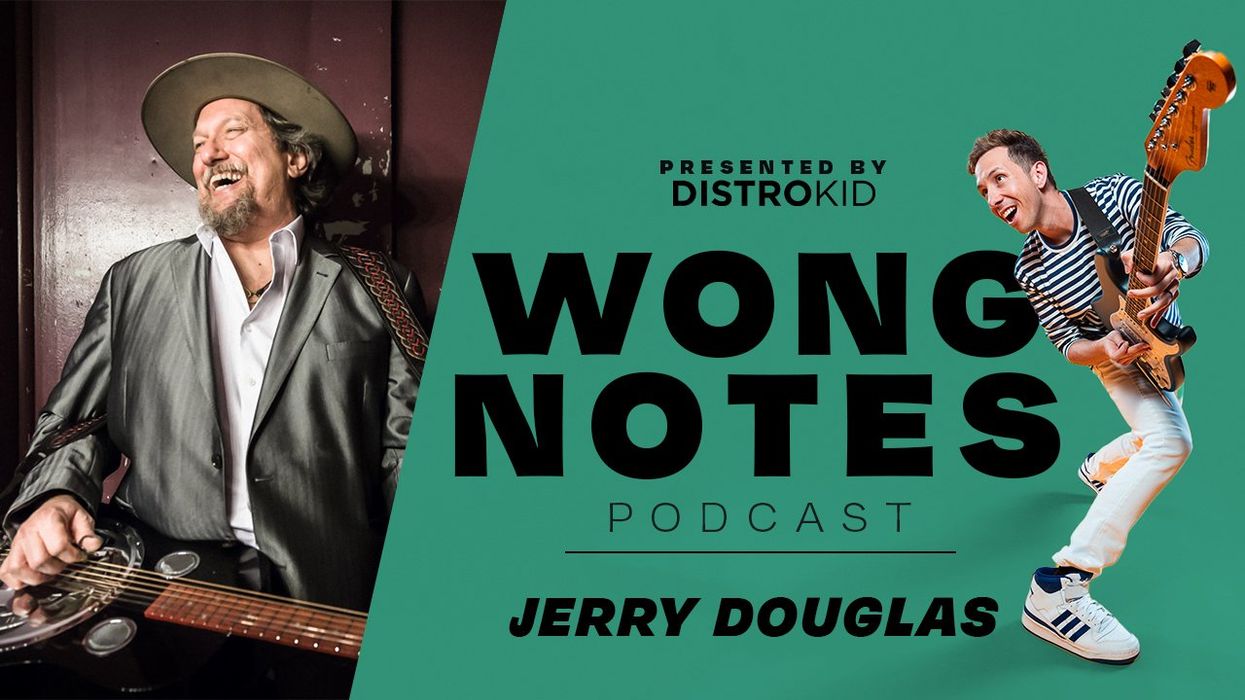Jazz guitarist Charlie Hunter sits down with Cory to talk old school vs. new school, the value of his busking days, and the genius of Blind Blake.
"I don't consider myself a jazz musician," says guitarist Charlie Hunter on this episode of Wong Notes—essentially refuting how he's known in the music world. "I am maybe jazz adjacent." Most listeners probably wouldn't agree, but if nothing else, Hunter is experimental. He's known for playing a guitar that's strung with both bass and electric guitar strings, that has two pickups—one for bass and one for guitar—and two input jacks, which go to separate amps for the respective sounds.
As the conversation unfolds, Charlie shares with Cory about the importance of interdependence, especially in jamming. "All I want to do is be a part of an extension of [the drummer's] beat," he explains. "Everything has to take a backseat to that." He compares the level of resources he had with young musicians today—back then, for better or for worse, all he had was a metronome and the discipline exemplified by the older musicians he played with. Something else that shapes modern musical culture, he says, is globalization: Having access to every genre and the music of every guitar player can make it harder for people learning to pick a specialty.
Charlie goes on to share about how he got his stripes largely from his time performing as a street musician in Europe. "I would not trade those three, four years of being a street musician for anything," he says, describing the experience as a kind of boot camp. His first lessons were in playing 12 hours a day on an unfamiliar instrument at the time—acoustic bass—on the streets of Zurich.
Towards the end of the interview, Charlie and Cory reflect together on the values of bonding with your musical community in person, something that's more of a challenge with the rise of internet culture. However, Charlie has lately been using Instagram as a vehicle to share the music of Blind Blake, someone who he thinks is "literally better than any of us [on guitar]."

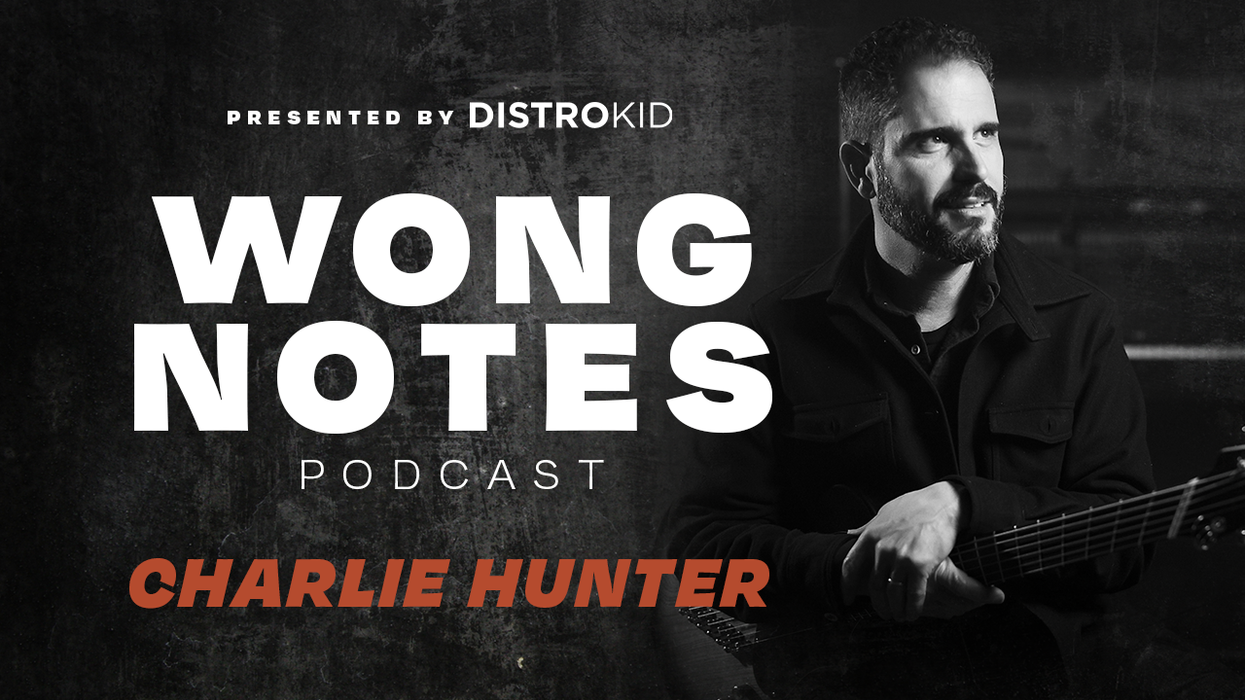
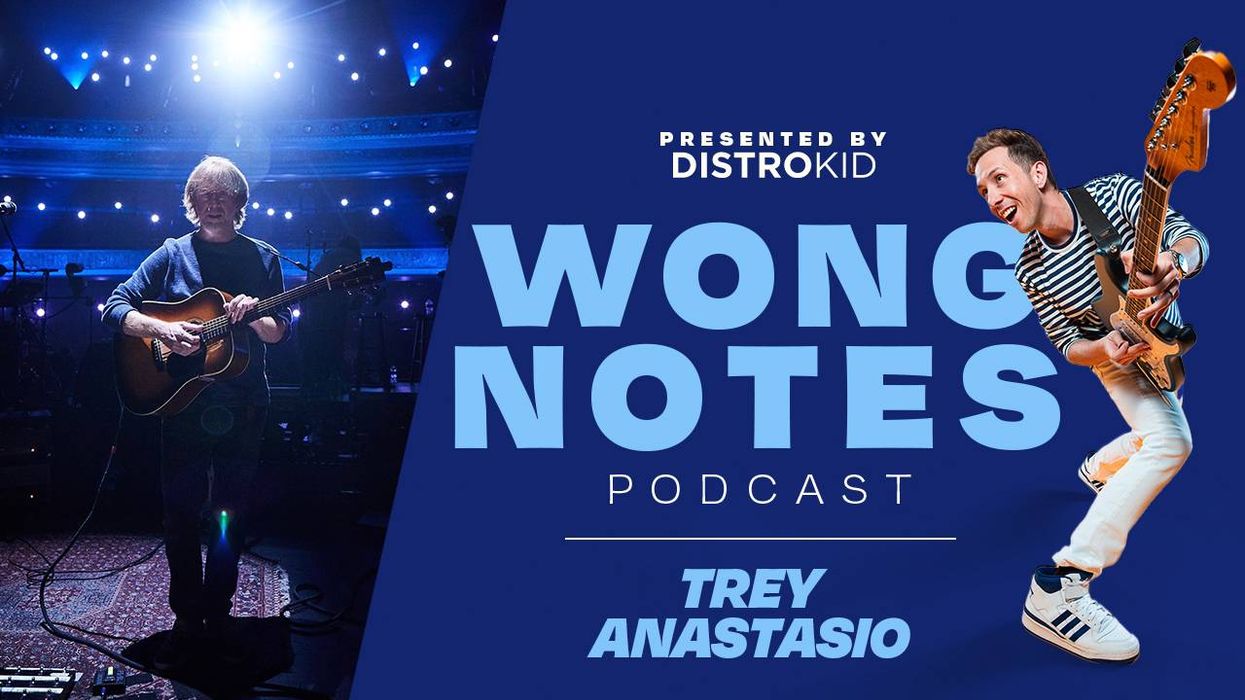
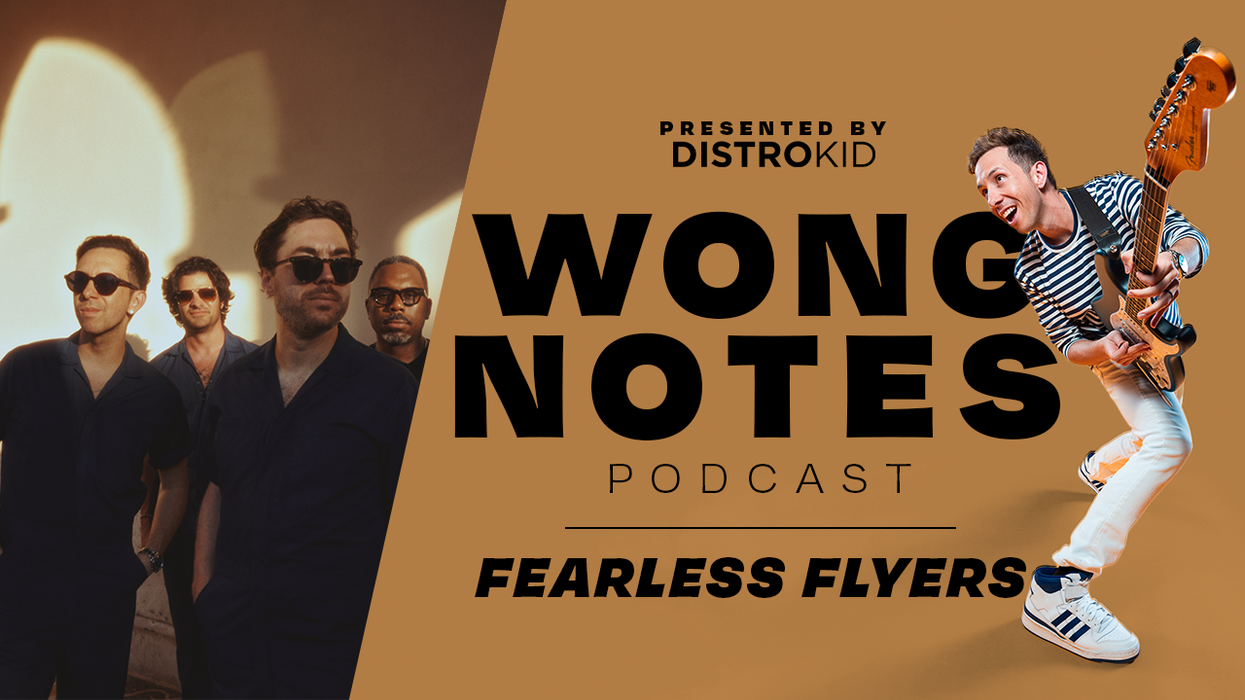
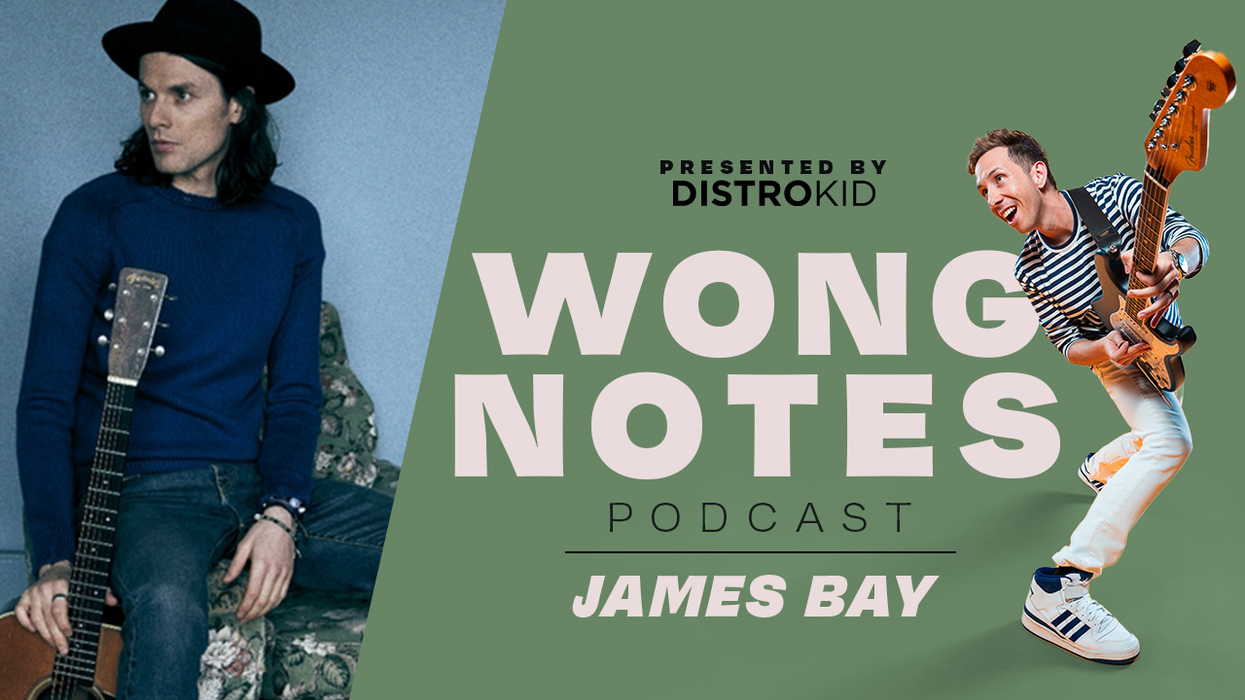
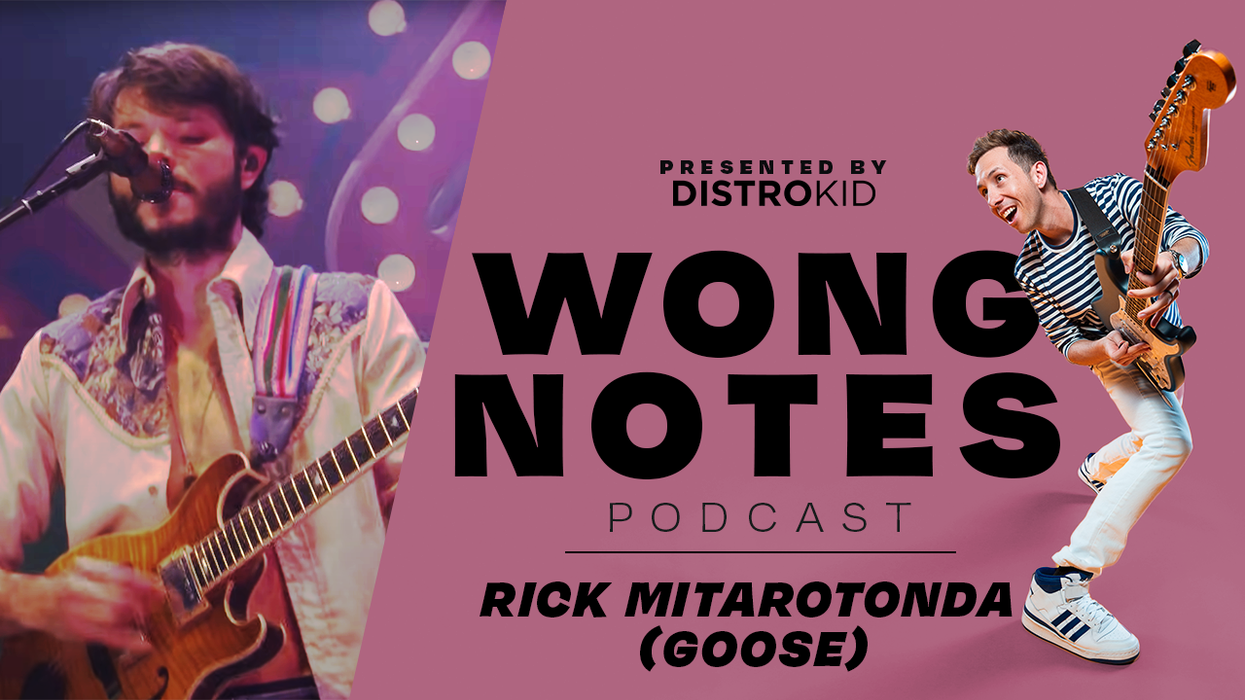
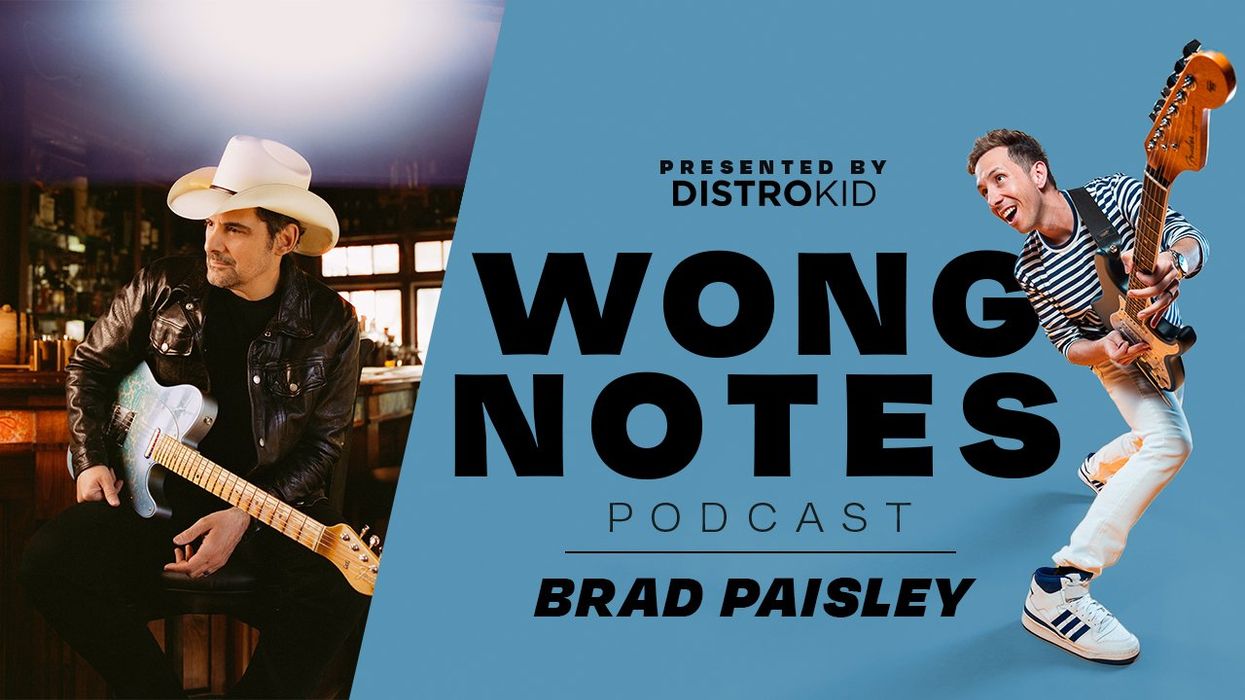
![Devon Eisenbarger [Katy Perry] Rig Rundown](https://www.premierguitar.com/media-library/youtube.jpg?id=61774583&width=1245&height=700&quality=70&coordinates=0%2C0%2C0%2C0)






